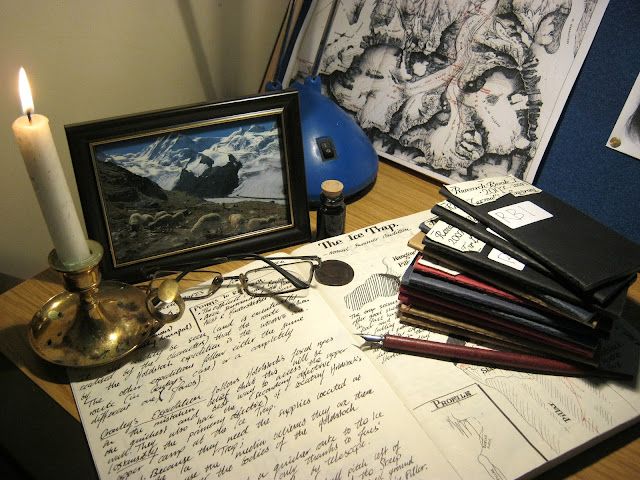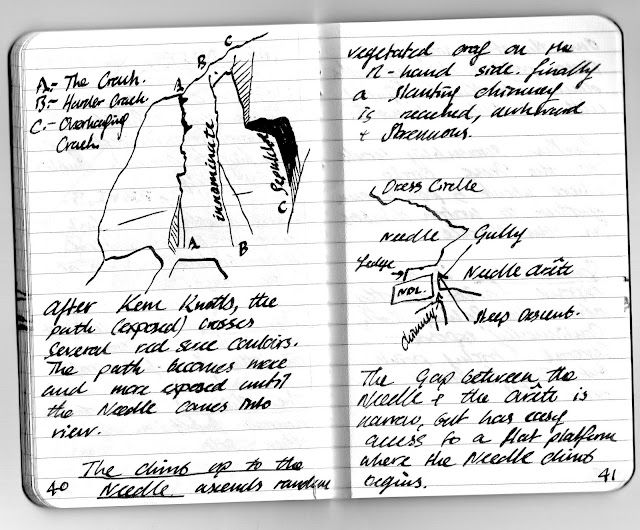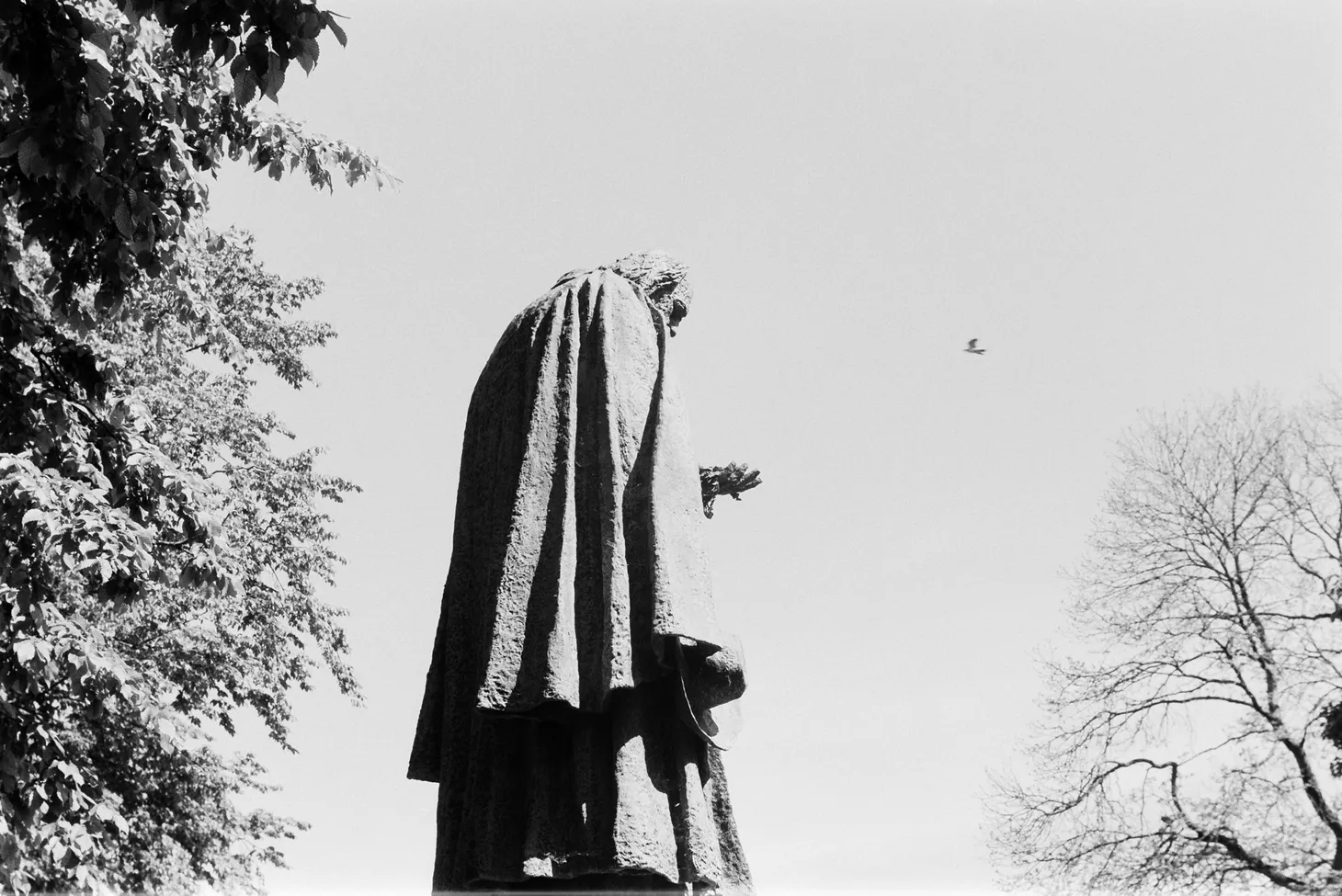The writer’s notebook(s)
 |
| Notebooks are about feel, mood, and introspection–not utility. |
Before I begin this post celebrating notebooks, I have a confession to make: I hardly ever use them. I write historical fiction set in the 19th century and love the aesthetics of that era, but am also a self-confessed computer geek. This is something of a contradiction–one I have learned to live with.
I have previously blogged about technology for writers, and to read my previous posts on the subject you might be forgiven for thinking all of my writing is done digitally. The fact is that in the second decade of the 21st century nobody has any excuse to still be using paper for the majority of their writing; it’s inefficient, environmentally unfriendly, generates waste, and requires physical storage space. Filing and indexing is time-consuming (and if you try not to bother, you will never be able to find anything you write down). Writing by hand is slow and editing is difficult. For these reasons, the bulk of my writing is done by computer in various forms; this includes note taking, research, and drafting.
And yet …
There’s something about physical notebooks that cannot help but touch the soul of a writer. A computer is efficient and can do a dozen things at once, but let me turn that around: a notebook has value precisely because it is inefficient and can only single-task.
When you write in a notebook, you are focusing on a single thing at one time. There are no distractions fighting for your attention. You are consumed with the task of composing words into sentences using the age-old instrument of a pen or a pencil: a process which is slow and primitive compared to typing, but sometimes what we need is to slow down and focus for things to snap into place. Twitter, Facebook, and all the other powerful tools of a modern writer’s existence are temporarily obliterated. It is the ultimate minimalism in writing.
This brings me to the second benefit of notebooks: tactility. A writer’s notebook is far more personal than a .TXT file containing your thoughts, stored somewhere in a computer’s memory. Handwriting itself conveys personality and mood, and in a notebook one is free to doodle, draw, and map out ideas. They become a tangible connection between our moods and thoughts at some point in the past, and the point at which we are reading this information. A data file cannot do this.
 |
| Notes taken in 2010 during my trip to Grindelwald. Left is a sketch for the 1897 Eckenstein ice claw; right are some of my initial ideas for a future novel. |
How do I use notebooks? I use pocket Moleskine journals whenever I travel for research purposes. These books are tiny and very resilient; I currently have a collection of 12 which document every research trip I’ve made over the last five years. They chronicle my investigations in the streets of Zermatt and Evolene, the peaks of the Alps, and the valleys of the Lake District. When I read their pages–which are often smudged by rain or dog-eared by travel in a rucksack–the tactile nature of this recording medium takes me back to the place in question more surely than any digital file could.
 |
| Notes from a trip to Wasdale Head. +1 for anyone who gets the significance of this page in the context of The Only Genuine Jones. |
I also keep a large ‘project sketchbook’ for important drawings and plans. In this book I draw maps, family trees, designs for equipment in the fictional Jones universe, and anything else that requires a larger canvas.
Do you still use notebooks? How do you use them, and how do they integrate with your digital methods of writing? I’d be interested to hear any views!
Alex Roddie Newsletter
Subscribe here to receive my occasional personal newsletter in your inbox. (For the fun stuff, please consider subscribing to Alpenglow Journal instead!)



